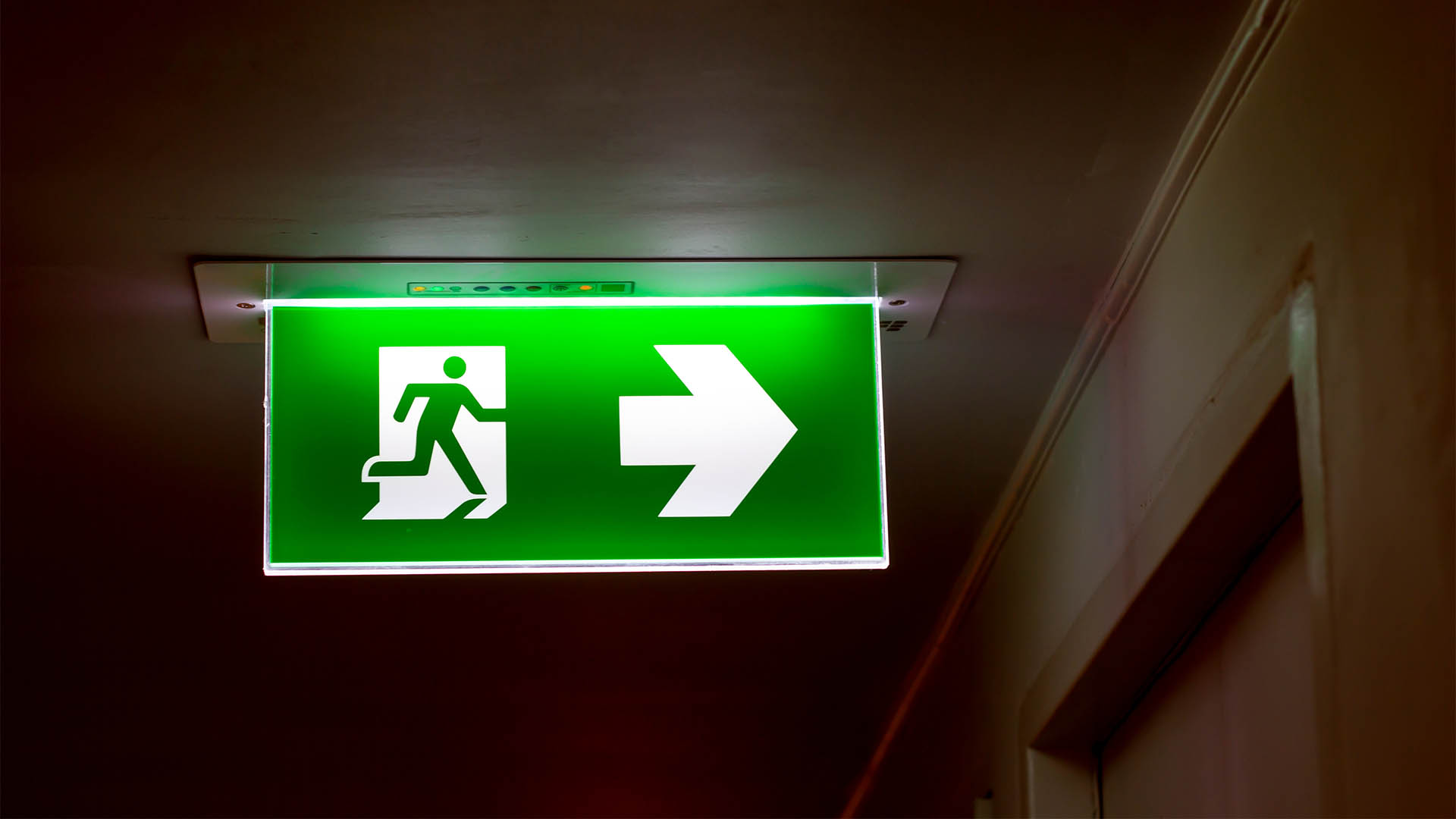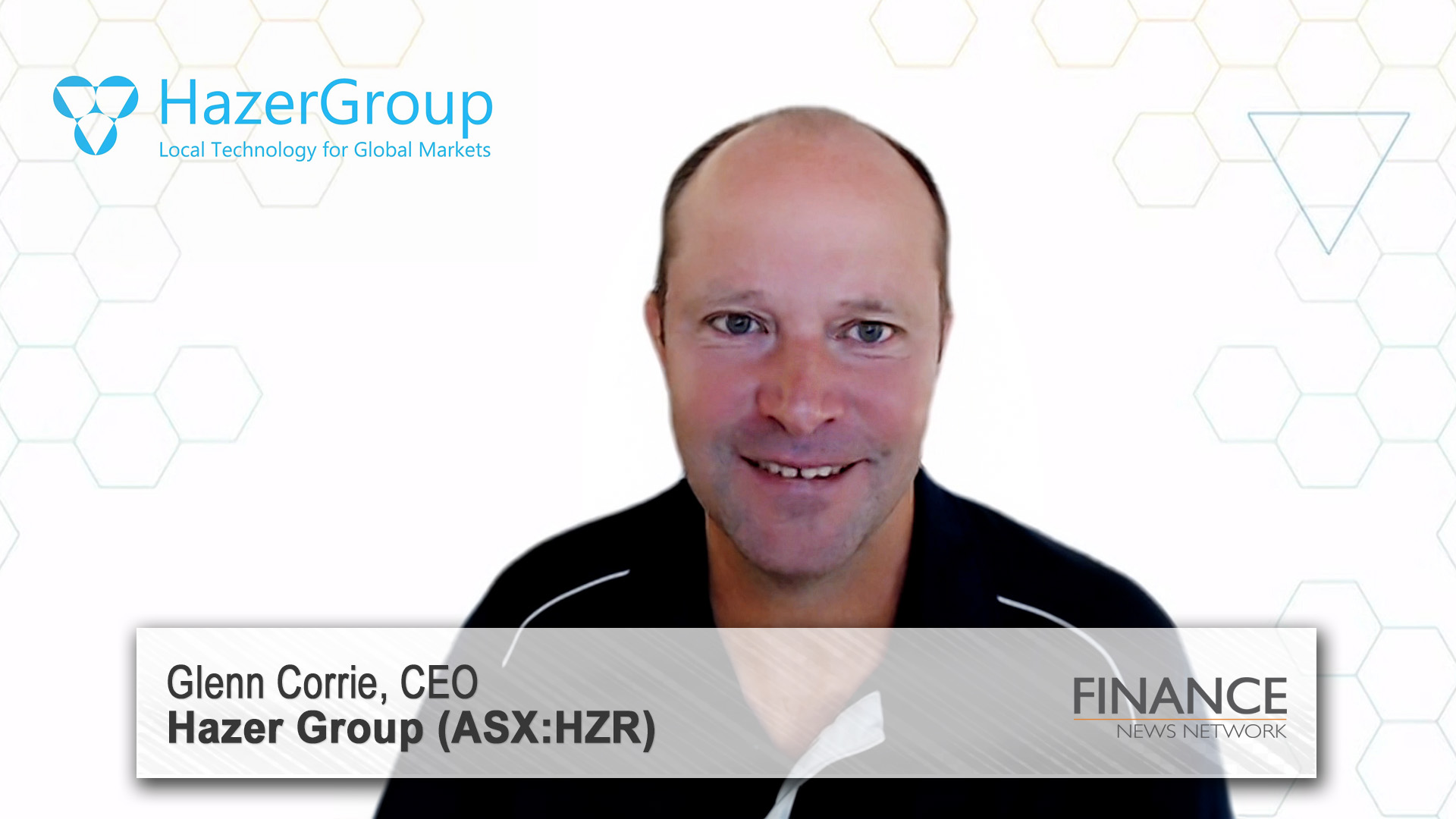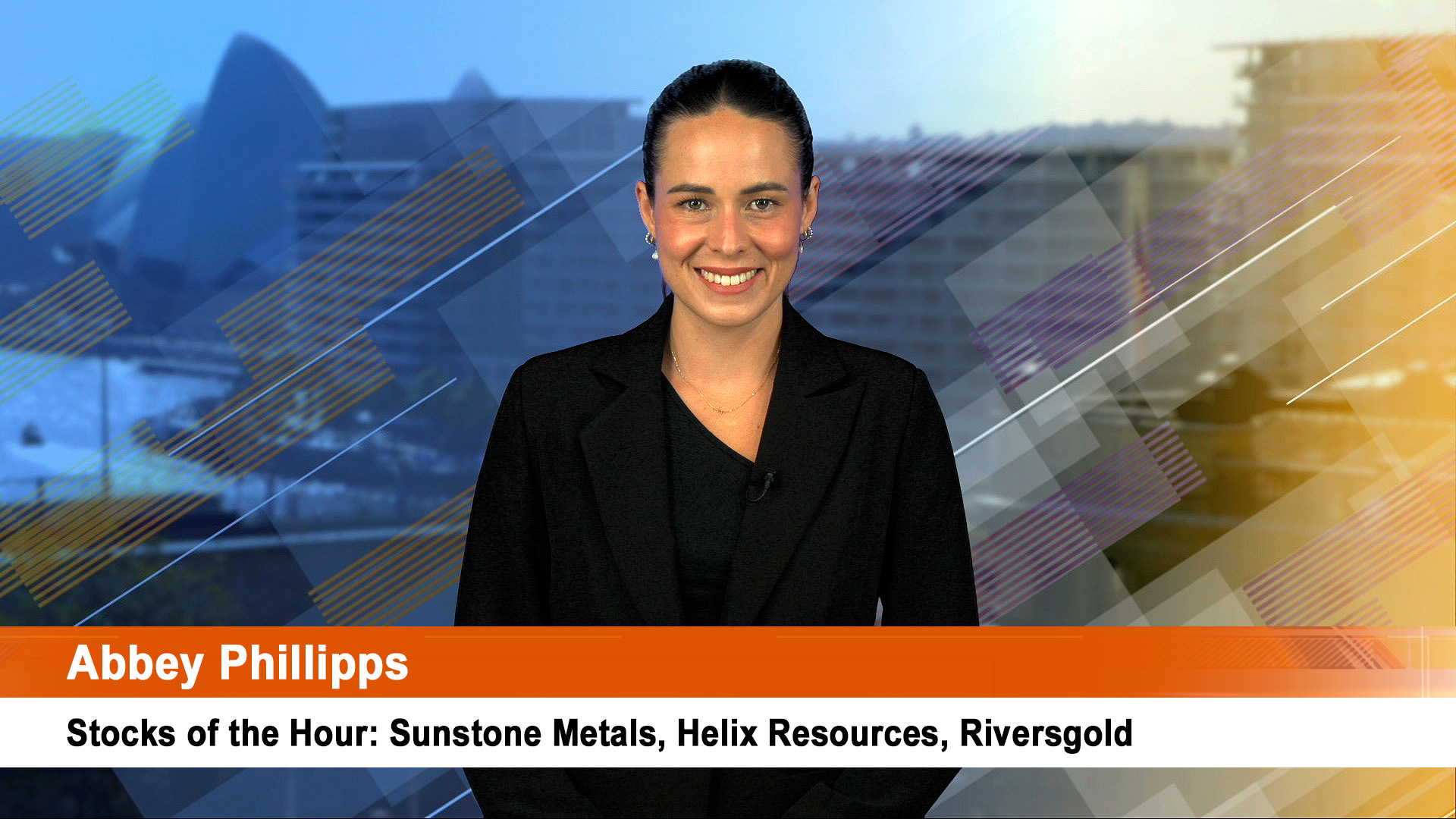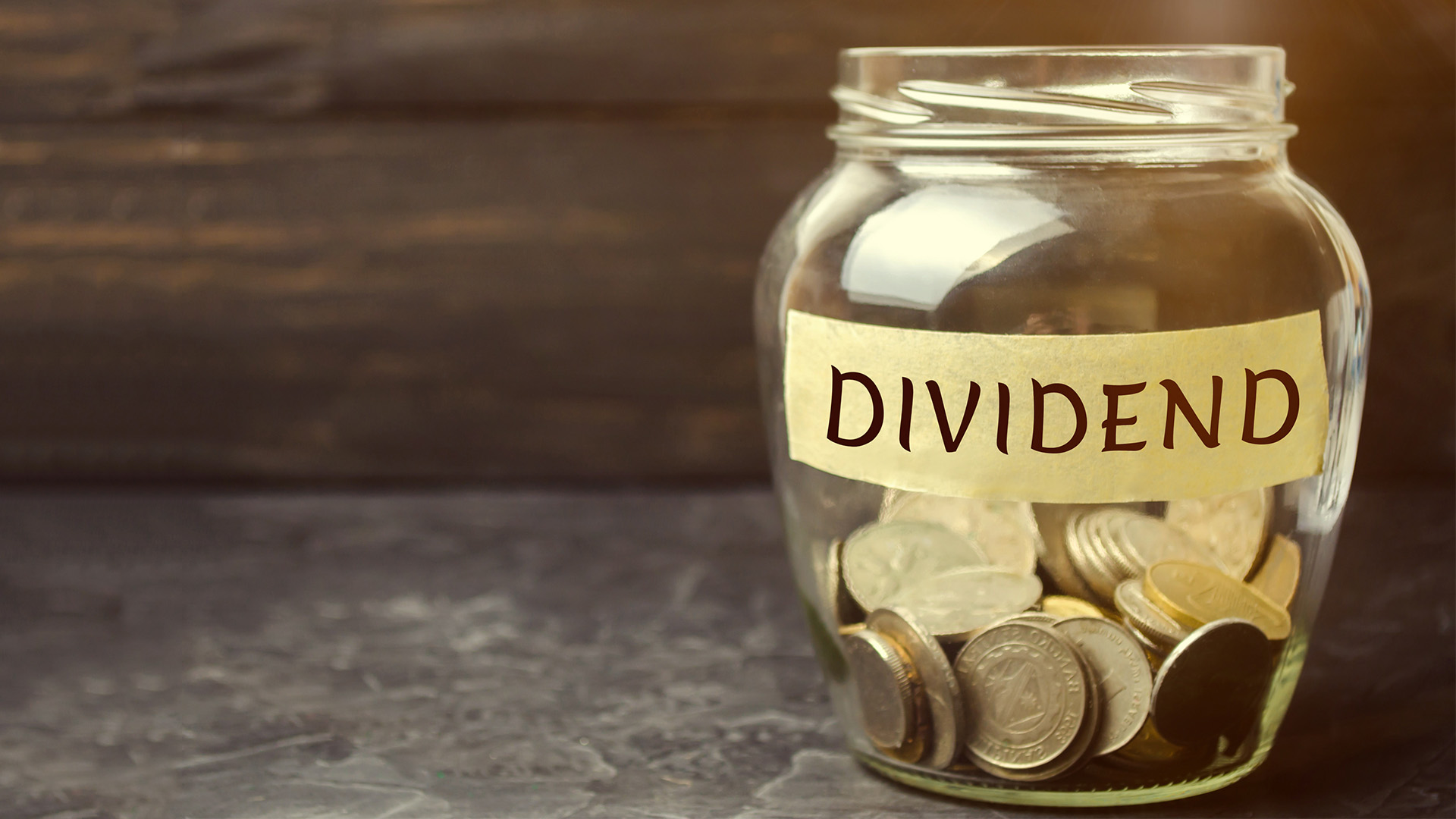Despite commentary to the contrary yesterday in the wake of the first speech from new Reserve Bank Governor, Dr Philip Lowe, don’t expect any more rate cuts in Australia.
Inflation in the US, the eurozone, the UK and NZ is on the upturn – not by much, but enough to raise eyebrows in the markets. And a leading US market strategist reckons investors should start taking note.
But many Australian commentators believe the Reserve Bank will cut once, perhaps twice, and that is even if the September quarter’s Consumer Price Index next week is low for a third straight quarter.
And some commentators claim that Dr Lowe hinted at more rate cuts being possible when he remarked at a fund managers conference yesterday. But the reality is that he said nothing more policy-wise than what his predecessor said on several occasions this year about inflation.
“I am the first governor to have taken office where the concern of the day is more that inflation might turn out to be a bit too low rather than a bit too high,” Dr Lowe said. He pointed out as Glenn Stevens, his predecessor did on several occasions earlier in the year that if inflation, currently at low levels, fell, along with inflationary expectations among consumers and business, there would be a case for further rate cuts.
“In terms of inflation, we have been looking carefully at the various measures of inflation expectations, which have clearly declined, although not to unprecedented levels,” Dr Lowe told the conference.
"The experience elsewhere suggests that we do need to guard against inflation expectations falling too far, for if this were to occur it would be more difficult to achieve the inflation target. Of course, one of the key influences on inflation expectations is the actual outcomes for inflation.
“We will get an important update next week, with the release of the September quarter CPI,” he added.
And so we will, but the thing to watch in the report from the Bureau of Statistics will be for any signs showing the re-awakening of inflation, as we are seeing in the US – hence the continuing debate about whether another rate rise is going to be needed from the Fed and as we saw overnight Monday in the euro where inflation jumped to an annual rate of 0.4% in September from 0.2% in August.
And Inflation in the UK jumped to 1% in September from 0.6% in August and is forecast to rise to 3.5% in a year’s time. the 1% rate was the highest since late 2014.
And many commentators here yesterday missed another part of Dr Lowe’s speech where he acknowledged that inflation is not down and out forever.
"Looking to the future, we expect that the various factors holding inflation down will continue for a while yet. But this does not mean that we have drifted into a world of permanently lower inflation in Australia.
"Domestic demand is expected to strengthen gradually as the drag on our economy from the decline in mining investment comes to an end. As this happens, the excess capacity, including in the labour market, is likely to be wound back. Some pick-up in wages and prices could then be expected.
"In addition, commodity prices, after having declined over the preceding four years, have increased this year. If sustained, this will boost national income and falls in petrol prices will no longer be having a significant effect on headline inflation.
“In terms of the downward pressure on prices and wages from increased competition, this is likely to continue for a while yet, but it is probable that this pressure will lessen at some point as domestic demand strengthens.
“Putting all this together, our central forecast remains that inflation in Australia will gradually pick up over the next couple of years, although it is still likely to be closer to 2 per cent than 3 per cent by the end of this period.”
New Zealand consumer prices rose 0.2% in the third quarter, down from 0.4% in the previous three months but more than the no growth economists were predicting. Over the year, prices rose up just 0.2% too, a bit higher than the forecast 0.1%
NZ annual inflation has been below 1% for eight straight quarters and the country’s central bank doesn’t see it returning to the centre of its 1-3% target band until mid-2018 – much like the RBA and Dr Lowe.
And take a look at why euro area inflation rose – even though its economy is much weaker than Australia’s.
The 0.4% annual rate last month was the highest since 2014. US consumer price inflation is running at an annual 1.7%, still well short of the Fed’s 2% target.
After two years, the eurozone is enjoying a burst of inflation and was pushed up by the rising cost in restaurants and cafes, along with housing rents and tobacco. And the falling price of energy exerted less of a downward pressure on the inflation basket compared to September 2015.
That is a situation that will be with us now for the next year or more, unless there is a sharp slide in oil prices if the November 30 OPEC meeting does not come up with a credible freeze or production cap.
Don’t be surprised if the energy price impact on the Australian CPI appears in the September quarter – it certainly will in the December quarter and the first three months of 2017 when they will be compared to the big price falls at the end of 2015 and in early 2016.
Within the 19-country euro bloc, Belgium recorded the highest inflation rate at 1.8% followed by Estonia (1.7%) and Austria (1.1%). Slovakia, Cyprus, Ireland, Greece and the Netherlands were all below zero. Annual inflation in Germany was above the zone average at 0.5%. The UK, although outside of the eurozone, had an inflation rate near the top of the range.
So is inflation is coming back (very modestly it must be said, except perhaps for the UK), what should investors do?
Well, bond holders have already decided there is a problem and sold off bonds now – especially sovereigns – for the past couple of months – ending negative market rates for key issues in Europe, the UK and Japan at times.
A Bank of America Merrill Lynch strategist says it’s time investors start thinking about hedging against its corrosive effect on assets and against the monetary policy tightening that’s likely to accompany bubbling price risk.
The best approach? “Buy humiliation, sell hubris,” according to Michael Hartnett, chief investment strategist at Bank of America, quoted on Marketwatch.com..
He predicted inflationary pressure will build as central banks begin to scale back policy support. Ahead of that reversal, investors should rotate out of stocks and bonds to “real” assets, given their positive correlation with inflation.
“Today the humiliation is very clearly commodities, while the hubris resides in fixed-income markets,” Hartnett said.
Real assets are tangible objects such as property, commodities, precious metals and collectibles that are less liquid than securities such as bonds and shares.
Broadly speaking, they are now (and have been for a while) at their cheapest relative to financial assets in almost a century, according to Hartnett.
The slow reawakening in inflation will alter that balance, as we are seeing in the bond markets every day.













